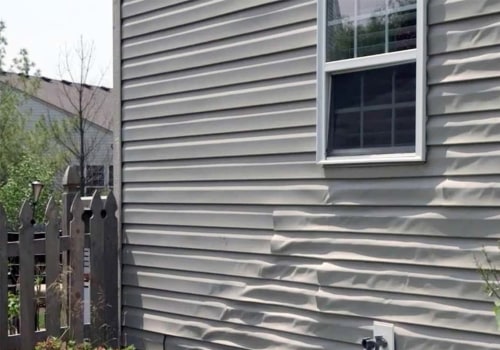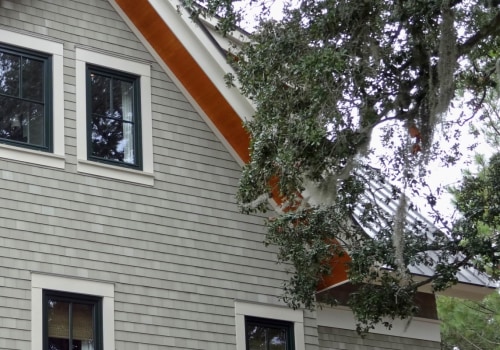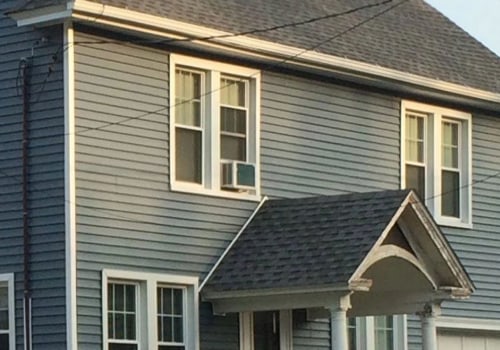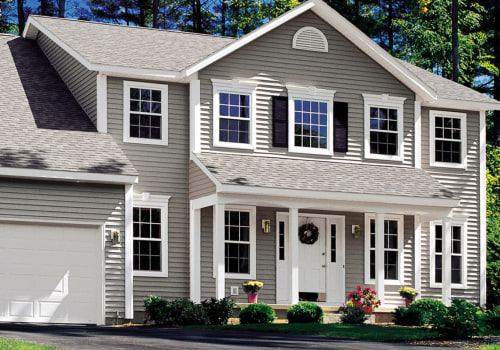Use the widest starting strip under the top of the base, but the lower the vinyl siding is installed, the better. Protects the coating from rain, snow and pests. Hook each length of liner in place, so that its lower lip snaps under the starting strip. Slide it into the corner and nail it every 16 inches approximately.
Be sure to center the nails in their slots to accommodate expansion. Here are some tips you should consider deleting before you start. Installing vinyl siding directly onto studs that do not contain wall cladding will cause the cladding to be uneven. Vinyl siding is flexible and needs to be clamped in several places to lie flat.
Wall cladding, such as OSB, is cost-effective and allows vinyl to be secured in areas other than studs. Vinyl siding should not be installed without siding. Facing material, such as ½ inch plywood or oriented fiber board (OSB), provides a flat, smooth surface for the vinyl, allowing it to sit properly on the wall. Choose the recommended one for your coating and then install a water vapor barrier.
Some vinyl siding manufacturers do not recommend the use of supports with certain vinyl siding configurations. Vinyl siding can be installed over common wood siding, such as plywood, oriented fiber board (OSB), or other materials (for example, vinyl siding must be installed over a continuous water resistant barrier to stop incidental water ingress. VSI's new EPDs take an innovative marketing approach to promote the sustainability and quality performance of vinyl siding, with a strong focus on embedded carbon if you only read a set of environmental issues. In this case, you will need to maintain the height of the starting strip on both sides of the platform and trim the lining to fit above the platform.
Now that you understand the standard vinyl siding transition parts, the next step, determining how much material you need, is of utmost importance. If you decide to install vinyl siding yourself (without the help of a contractor), it is important to be as prepared as possible and have a clear idea of what the installation process entails. Vinyl siding kits also help simplify the process by providing all the materials needed for proper installation. Use bottom sills when cutting vinyl siding panels to fit the bottom of windows, ceiling tiles, and fascia.
Installing vinyl siding can help reduce the amount of maintenance you need to perform on the outside of your home. Install the siding on top of a window or door in a similar way, but this time place the siding in the window channel and use the edge of the window to mark the cut. All vinyl siding and vinyl ceiling and fascia can be cut with tin scissors, a circular saw with a plywood blade, or by marking with a knife and breaking it. Once assembled, the vinyl siding panels will cover all of the nail slots, and the inner channels overlap the cut edges of the vinyl siding panels.
Your starting strip and corner posts will determine the level of the rest of the siding, so keep them as straight as possible and check with your specific vinyl siding manufacturer for additional installation advice. At the bottom of the windows, install the trim under the sill for horizontal siding and the J-channel edge for vertical siding. .





Leave Reply